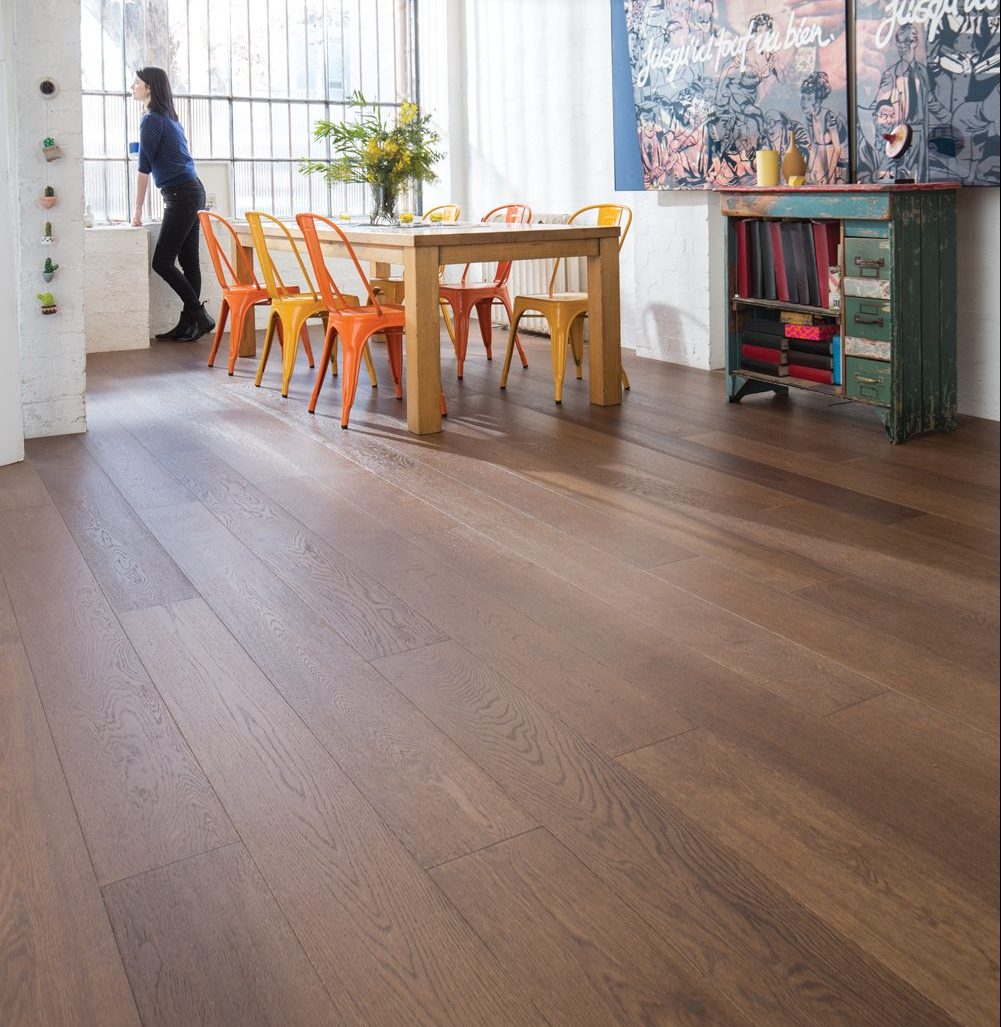Tone, grain, growth rings, knots (or not); there are almost as many variations in timber species as there are species themselves. In Australia we are fortunate to have many beautiful native timbers, from the golden hues of Tasmanian oak (although this is not strictly a species but a mix of hardwoods) to the deep browns of Sydney Blue Gum and the reddish tones of Jarrah.
If you’re considering what timber to lay on your floor, here’s a cheat sheet to help you see the forest for the trees.
Australian Beech: not a species per say but a mix of light-coloured hardwoods. This is a mix of mainly eucalyptus from Australia's east coast and is at the lighter end of the spectrum: from pale cream to honey blonde.
Blackbutt: is a hardwood that ranges in colour from cream to pale brown, and sometimes has a slight touch of pink. Its grain is usually straight.
Karri: is considered a blonde timber but it has red overtones that range from a soft pink to a rich reddish brown. A favourite of architects, it very hardwearing and has a high density.
Messmate: sounds like an engineered timber but in fact is a well-known hardwood. It is at the lighter end of the spectrum and varies in colour from pale brown through to light yellows, sometimes with subtle hints of peach. It has great grain visibility and an even texture and lovely growth rings.
Ironbark: is also a eucalyptus with great tonal variation; from pale brown to dark chocolate brown, even a dark red. It has a slightly coarse texture and an interlocked grain.
Jarrah: is the go-to species for those looking for a rich-red timber floor. Its tones also deepen over time to become almost a soft burgundy. It’s a very popular choice as it’s well known for its hardness, insect resistance and colour.
Spotted Gum: has a lovely soft mottled colour that varies from pale grey-browns and soft creams to a rich chocolate brown. It’s a hardy timber with a wavy grain, which adds a sought-after fiddleback effect to a floor.
Tallowwood: is another high-end favourite with an easily recognisable colour and grain imprint. It is mostly a yellowish brown, sometimes with a hint of olive green and it has beautiful growth rings.
Tasmanian Oak: as mentioned, is a combination of three eucalyptus species found in Tasmania. Mixed together they produce enviable tones in a floor, ranging from pale cream to pink and reddish-brown. Tasmanian Oak logs are typically quarter sawn so that they appear extremely straight with an even grain.
Sydney Blue Gum: has a straight grain that is sometimes interlocked and comes with a colour profile varies from soft pinks to dark pinks and red browns.
Recent Posts
Benefits of Hard flooring Underlay
The underlay you choose can make a significant imp...
Benefits of Carpet Underlay
Investing in high-quality carpet underlay can impr...
The Ultimate Guide To Choosing The Right Flooring Underlay For Your Home
In the world of home decor, where plush carpets an...
From Comfort to Style: How the Perfect Floor Can Transform Your Room
Floors are not just surfaces - they are design sta...
Timeless Timber Flooring Trends
Winter is a season of cozy nights, warm beverages ...
Hard Flooring | Hardwood Floors | Choices Flooring
Looking for hardwood flooring? We stock a large ra...







